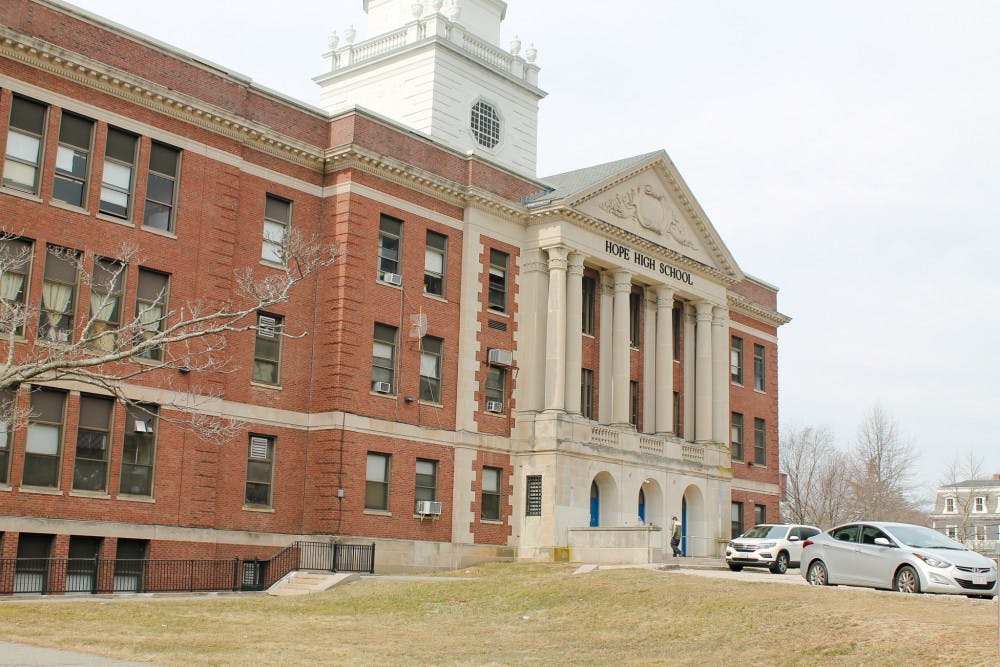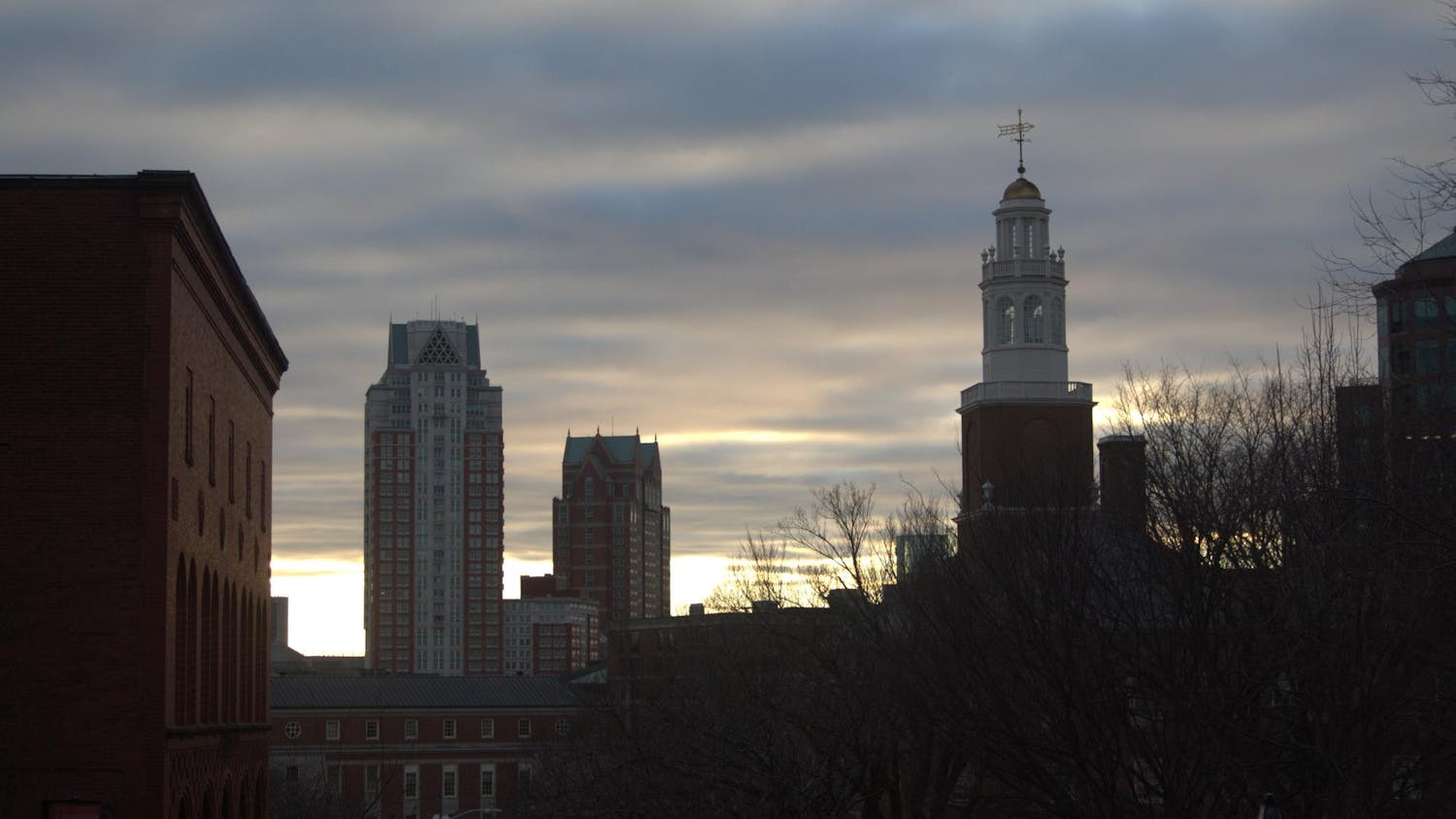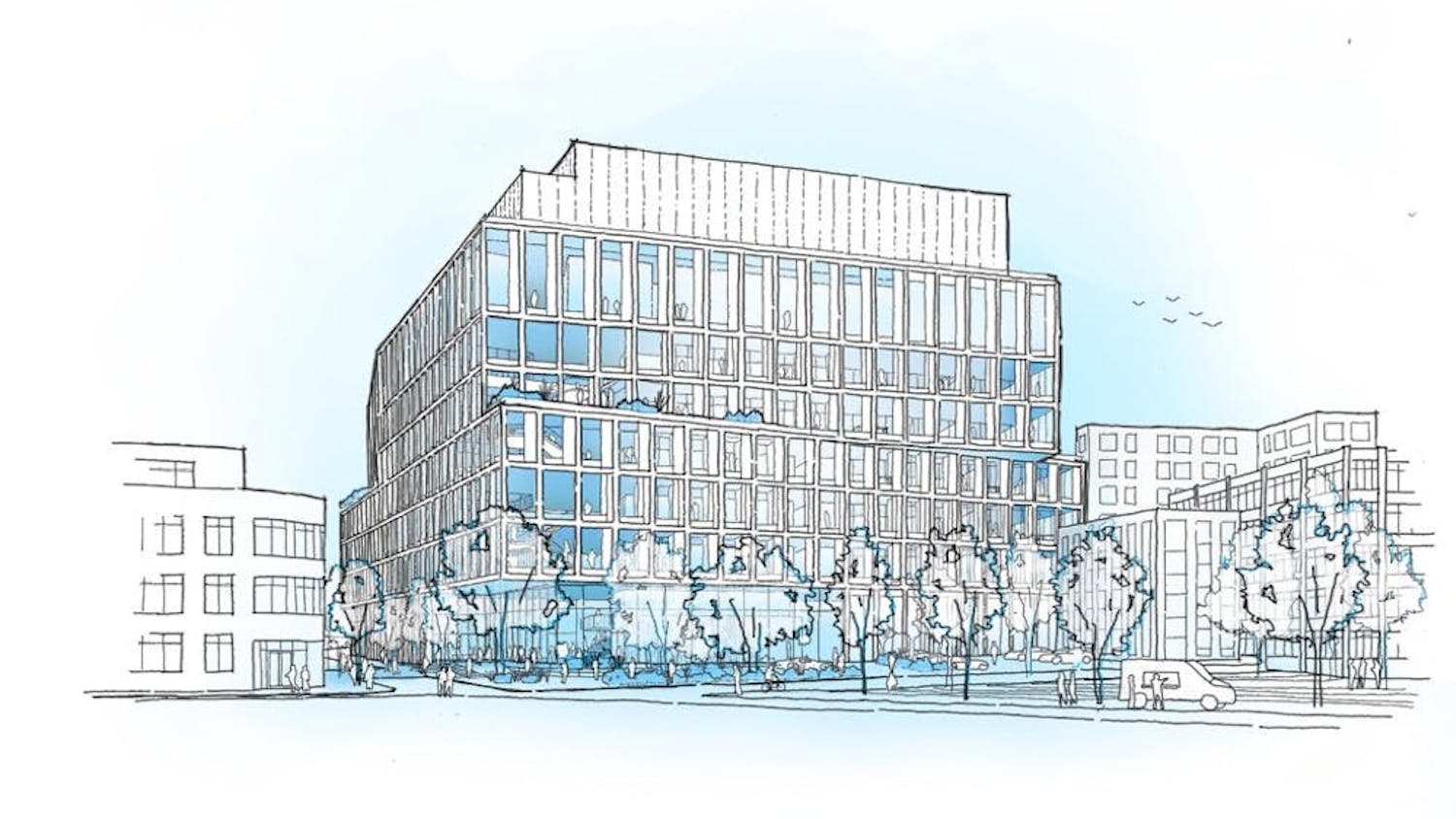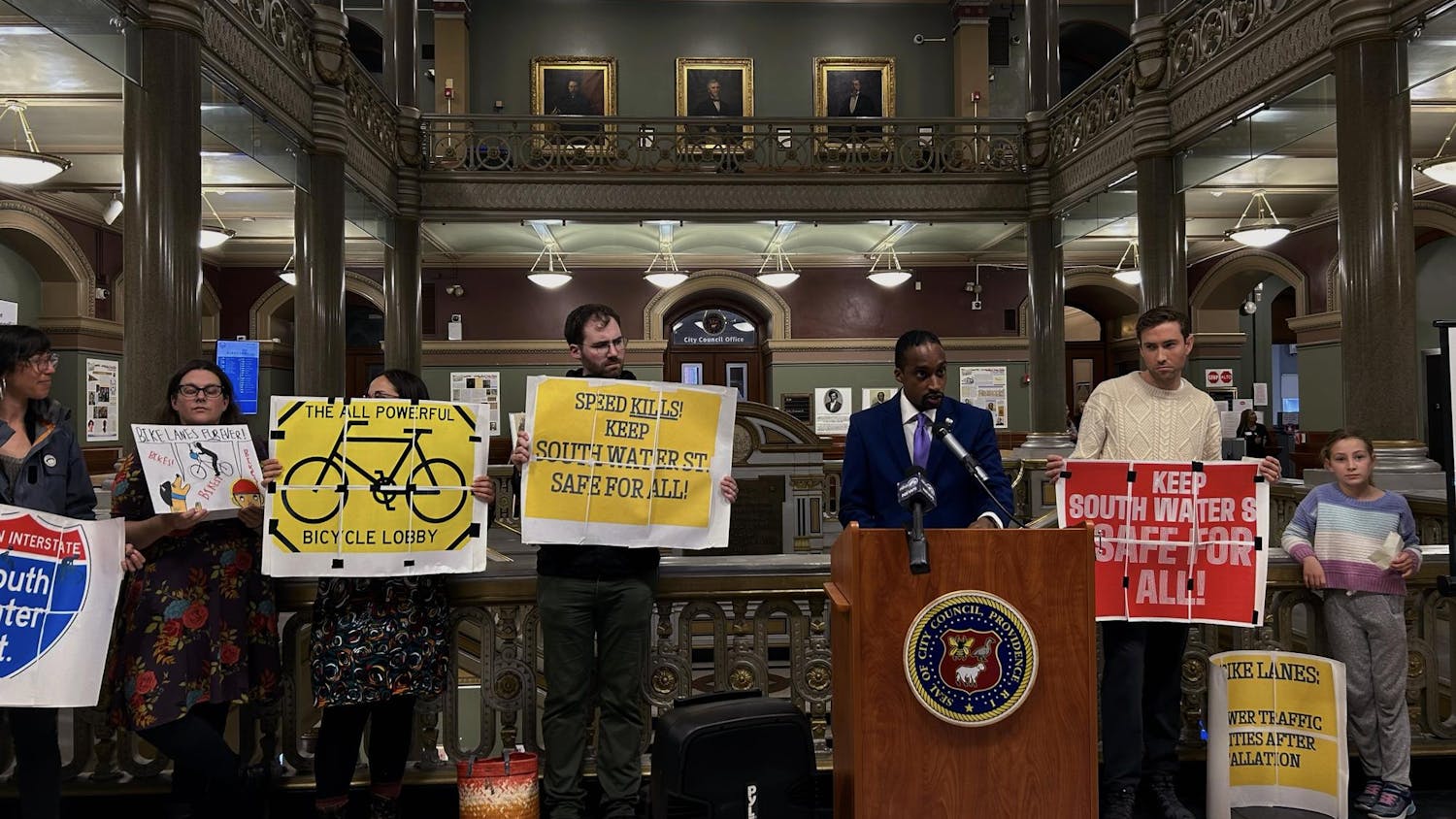Almost a year after the Providence Public School District closed its doors in March and transitioned to online learning for the remainder of the school year, faculty, community members and teachers reflect on a difficult year in PPSD. The school district chose to resume in-person learning in September and has since been operating with a hybrid system.
PPSD, a district in the midst of a state takeover, has taken public health precautions such as providing personal protective equipment to teachers, establishing a rotating hybrid schedule for middle and high schoolers and enforcing additional social distancing measures and PPE since reopening in the fall, The Herald previously reported. But the challenges of learning in a pandemic continue to take a toll on teachers and students, elucidating existing issues in the district.
COVID-19 and inequity in PPSD
Lindsay Paiva, a teacher at Webster Avenue Elementary School, said that PPSD has been “historically overlooked based on classist and racist policies,” citing poor building standards and a lack of funding that led to a state takeover.
The pandemic has brought some of these issues of inequity to light: For instance, small classrooms sometimes make social distancing difficult or impossible, Paiva said. The increased attention given to the funding and safety of Providence schools as a result of the pandemic has made long-standing issues, like poor ventilation, easier to fight for.
While Elliott Rivera, executive director for Youth in Action, a youth organization in Providence, said the school district has “been working on (issues of inequality) for decades,” he questions the quality of the progress that has been made.
The pandemic has exacerbated racial inequalities specifically, Rivera said. “If the pandemic is literally killing Black and Latino communities at higher rates, it’s obviously affecting them in different ways, too,” he said.
The pandemic may be slowing down reforms made by the state takeover, he said, noting the pandemic’s highlighting of the inequitable access to technology throughout the district.
“One family might have a two-bedroom apartment where there’s three or four kids sitting around one kitchen table, while another family in the same classroom is in a large home using a home office,” he said. These differences in educational opportunities show pre-existing issues, “but times ten.”
Health safety and teacher concerns in Providence classrooms
PPSD Director of Communications Laura Hart said that health safety has been the district’s top priority throughout the past year. Beginning in June, PPSD received guidance from the Rhode Island Department of Health, the Rhode Island Department of Education and the Centers for Disease Control and Prevention on their plans for the following school year. PPSD also sought community input through town hall meetings throughout the summer conducted over Facebook and Zoom.
The school district relied on communication with state and federal agencies and the community while creating their partial reopening plan for the fall, Hart said.
Jenna Karlin-Diaz, a Providence parent, agreed that parental input was being solicited, but she was unsure of how much of that input was used in crafting the plan.
The reopening plan allowed for students to opt-in to an entirely virtual semester, The Herald previously reported. While elementary schools would return five days per week, middle and high schools would be split into two alternating groups so that only half of the school would be in person at once.
But some teachers reported struggles with the new modes of instruction.
Paiva said that a lack of leniency from the school about class pacing pressured many teachers, who were not trained or prepared to conduct an entire year virtually.
Paiva and Maya Chavez, a teacher at Dr. Jorge Alvarez High School, both said they did not feel much support from the school district. Chavez said that a rotating schedule requires teachers to provide both synchronous and asynchronous instruction, drastically increasing their workload.
Chavez said the district could have been more responsive to teachers’ concerns over the past year. She noted a specific instance when, during a power outage earlier this month, students were forced to crowd together in the few rooms that had heat, despite social distancing guidelines. Chavez said the district ignored this incident, which raised some red flags for her.
Hart wrote in an email to the Herald that the district held over two dozen focus groups and group meetings with teachers, employees, staff and students to help inform the reopening plan. Additionally, PPSD has regular meetings with the union to discuss feedback and teachers’ concerns. They offer mindfulness, stress management and other wellness support programs to teachers. With regard to the power outage, Hart wrote that her understanding was “students were temporarily moved to spaces … that continued to have electricity, but they maintained proper distance. Power was restored during the school day.”
The pandemic has also created academic challenges for students. COVID-19 may be affecting students' academic performance and social and emotional health, Hart said. In response, some schools are offering wellness, coping, meditation and social and emotional support to staff and students.
Although class sizes are smaller, students have significant absences due to COVID-19 exposure, diagnosis or having a loved one suffering from the disease, Paiva said. Often, students are absent from the classroom for six to eight weeks at a time, she added.
Reflecting and moving forward
Rivera thinks PPSD has not done all they can to respond to community needs, citing the lack of funding that predates the pandemic.
Karlin-Diaz praised certain aspects of the schools’ reopening, saying she was glad her children could go to school in person, but acknowledged that there is room for improvement. “I think (the district) could have handled it better with more money,” she said, adding that the district’s COVID-19 response was dictated largely by limited financial resources.
In an email to the Herald, Hart wrote that the district’s response “included millions of dollars in personal protective equipment, air filtration and ventilation and cleaning services and supplies.”
In spite of the year’s challenges, Karlin-Diaz praised the messaging about safety and mask wearing that her children have received from their classes. “They’re honestly reacting better than some adults right now,” she said. Karli-Diaz hopes the district can “use everything it’s learned (during the pandemic) to continue to make positive change.”
Going forward, Rivera stressed the importance of considering students’ concerns when shaping district policies and plans. He said that many problems in PPSD could be solved if the schools would “stop telling (students) what they need” and instead listen to their input.
Hart noted in an email to The Herald that the district's Family and Community Engagement Office "regularly liaises with student groups in the community," as a means of including students input in district plans, and that student data, generated by the districts efforts to survey students, is "frequently leveraged" to help in shaping policies.

ADVERTISEMENT




